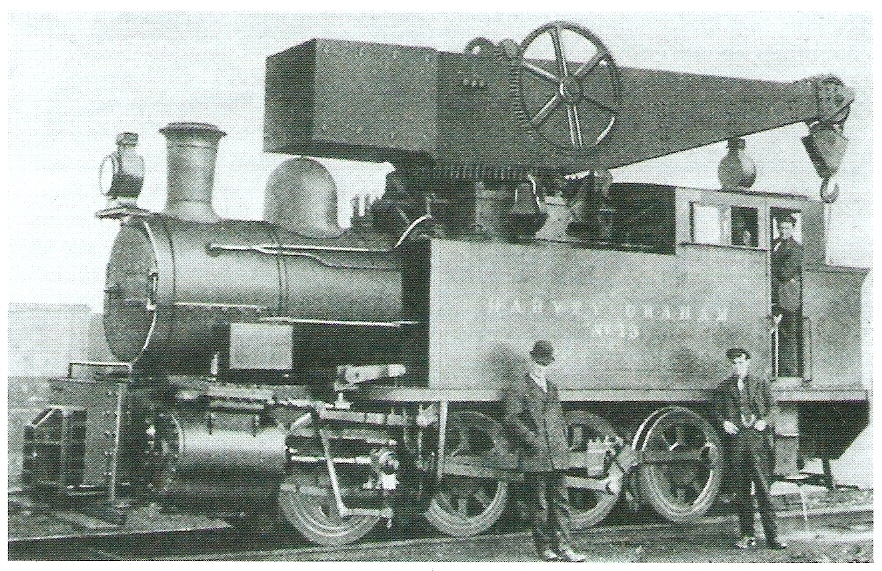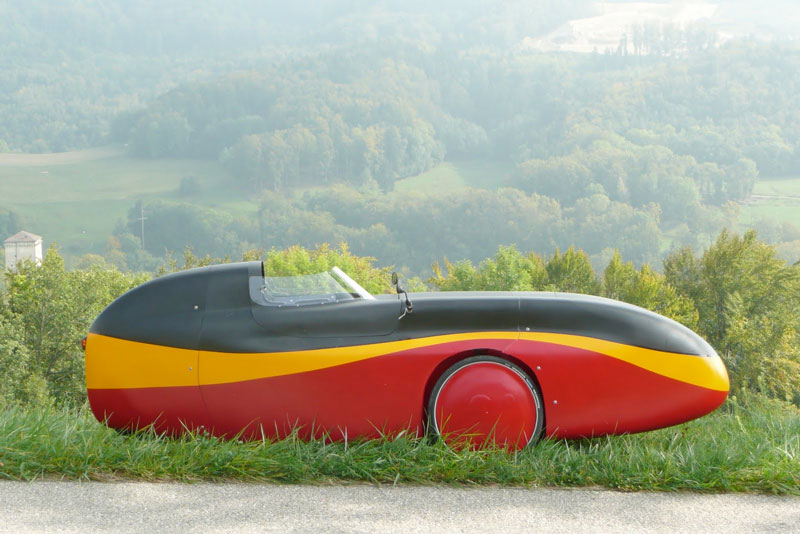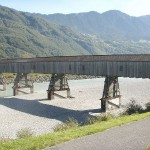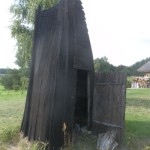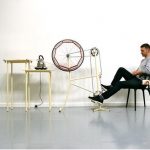“In the late 14th century, England’s King Richard II commissioned a new building, College Hall, at Oxford University. The carpenters who built College Hall knew that the massive oak beams spanning the great hall’s ceiling would probably need to be replaced in a few hundred years, so next to the building, they planted a row of oak seedlings from the trees they used for the beams. Sure enough, the beams needed to be replaced about 300 years later, and the new carpenters had mature oaks right there, ready to be milled and turned into new beams.”
Greening Main Street Buildings (more). The picture shows an example of a recessed entryway – a characteristic common to many traditional commercial buildings that helps prevent hot or cold air from rushing inside when a door is opened.
Once more, hat tip to Lloyd Alter.

